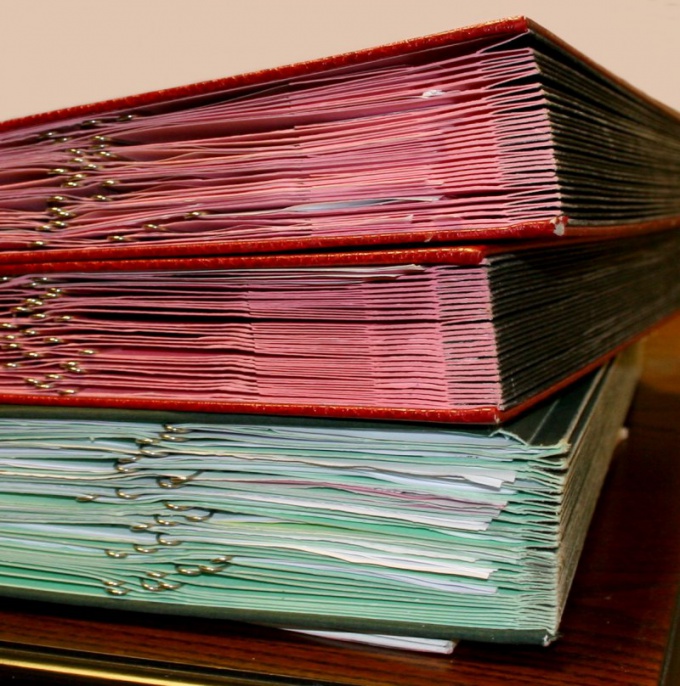The form of the act is not enshrined in law, therefore every company is in compliance with all the requirements for registration of primary documents requirements, has the right to develop its own version of the act. The document, compiled by one of the parties to the Treaty in two copies and signed by an authorised person, is sent to the counterparty, which, in the case of the consent with correct mutual settlements, confirms his signature and sends one copy back.
If there is a discrepancy, the counterparty has the right to sign the act, pointing out inaccuracies in the account, or attach to a document registry own calculations. The refusal of signing the act means that the debtor does not recognize the existence of obligations to the counterparty.
The act of reconciliation of mutual settlements are strongly advised to leave in cases where the parties cooperate on a regular basis and plan in the future to renew existing contracts and enter into additional agreements to them. This document is also needed in situations where the cost of goods, works or services is high, and the seller provides deferred payment.
If the parties to the agreement have towards one another are mutual obligations, then, reaching for their confirmation act of reconciliation, they can produce their offsets. In addition, the presence of a registry of mutual obligations will save time searching for primary documents if necessary to clarify the payments between counterparties. The signed acts of reconciliation are also confirmation of balances of receivables and payables at the end of the reporting and the beginning of the next period in the preparation of financial statements.
Despite the fact that the act of reconciliation cannot be used in court as evidence of the transaction and the existence of debt on it, it can be used to extend the limitation period and to increase the chances of collecting receivables. Having signed the reconciliation act, actually means the recognition by a counterparty of its debt, the lender increases the term during which he may present to the debtor a claim for the payment of money. In this case it is important to check whether the authority of the person whose signature is on the document.
